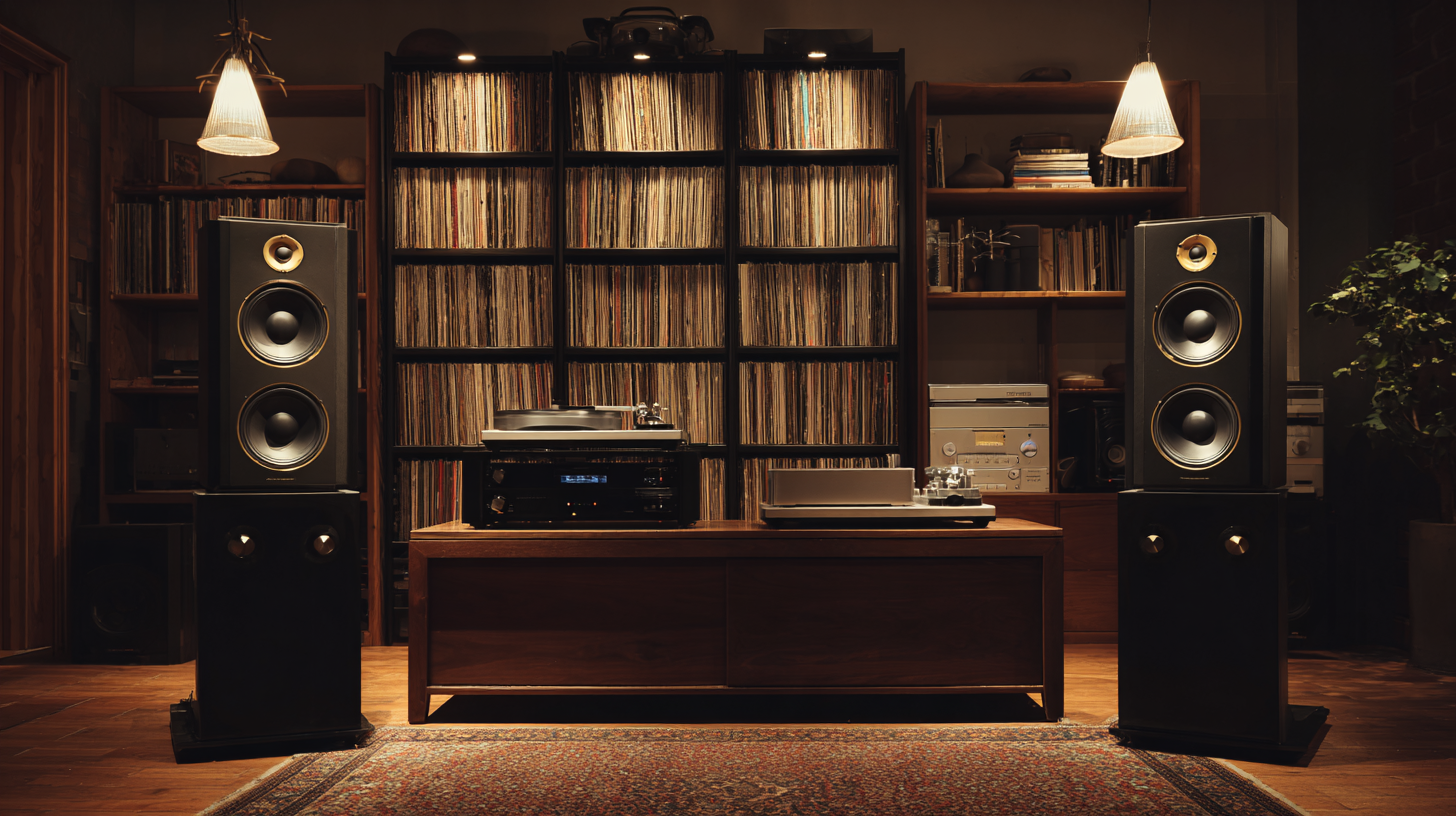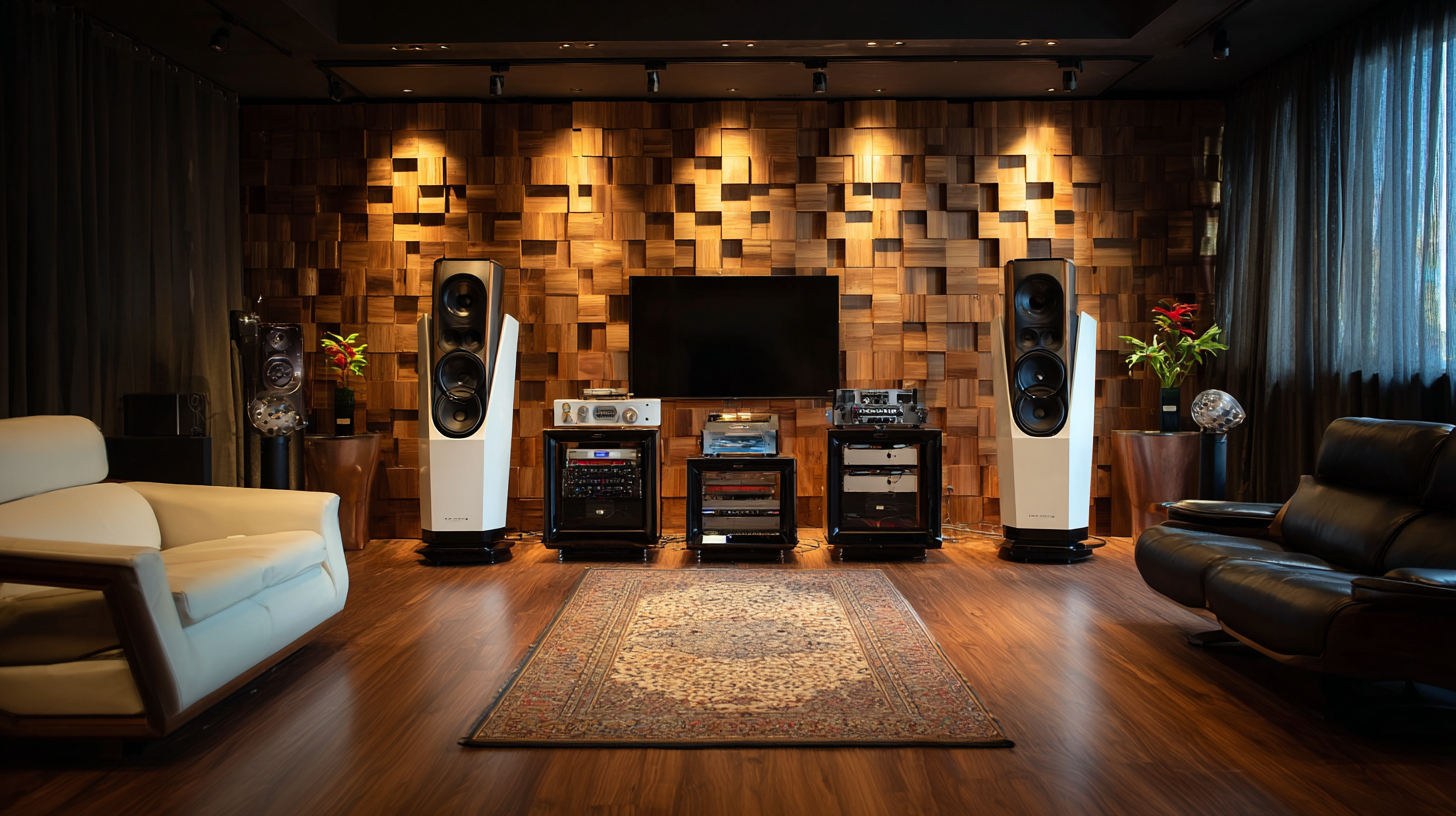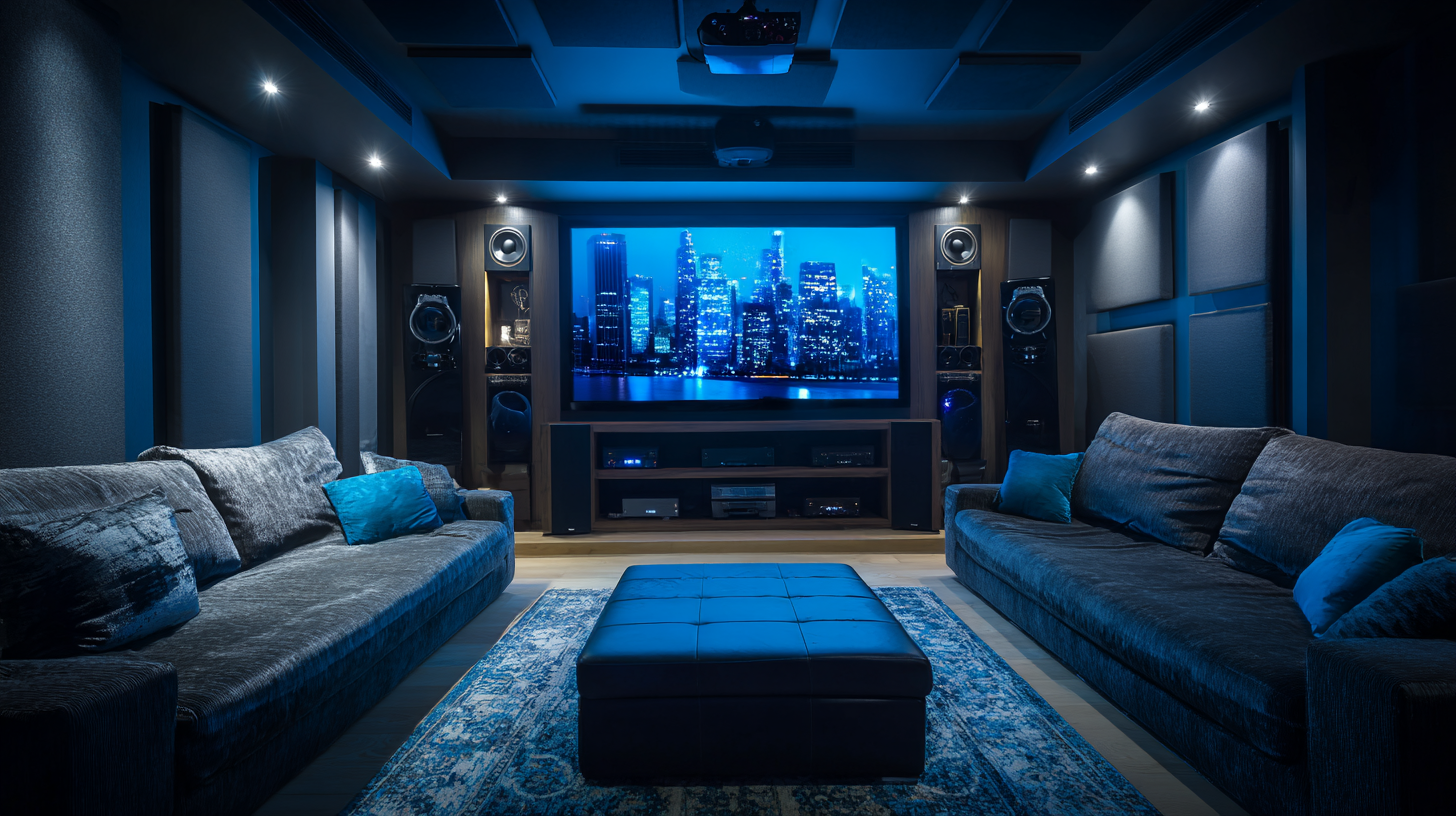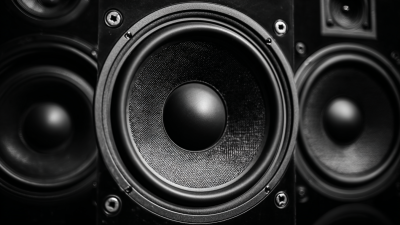How to Choose the Perfect Audio System for Your Home Setup
In today's digitized world, creating an exceptional audio environment at home has become increasingly important for audiophiles and casual listeners alike. According to a report by the Consumer Technology Association, nearly 70% of U.S. households now own some form of audio system, highlighting the growing demand for high-quality sound experiences. With advancements in technology and a diverse range of options available, selecting the right audio system can be daunting. From soundbars to multi-room setups and high-fidelity stereo systems, understanding your specific needs and preferences is essential. This guide aims to demystify the process by providing key insights into choosing the perfect audio system that complements your home setup, ensuring an immersive listening experience that suits your lifestyle and enhances your entertainment value.

Understanding the Different Types of Audio Systems for Home Use
When selecting the perfect audio system for your home, it's crucial to understand the different types available to ensure they meet your entertainment needs. The main categories include stereo systems, home theater systems, soundbars, and multi-room audio solutions. Stereo systems focus on delivering high-quality sound for music lovers, while home theater systems provide an immersive experience for movies and gaming enthusiasts. Soundbars offer a compact solution for those seeking better audio without complex speaker setups, and multi-room audio systems allow you to fill your entire home with sound from a single source.
**Tips:** Consider the size of your space when choosing an audio system. A larger room may require a more powerful setup, whereas smaller spaces can benefit from compact soundbars or stereo systems. Additionally, think about connectivity options; systems that support Bluetooth or Wi-Fi can provide greater flexibility for streaming your favorite playlists. Finally, assess your primary use—whether it's for music, movies, or gaming—which will help guide you toward the right type of audio system that complements your home entertainment setup.
How to Choose the Perfect Audio System for Your Home Setup
| Audio System Type | Key Features | Ideal Use Case | Price Range |
|---|---|---|---|
| Soundbar | Compact, easy to install, enhances TV audio | Home theaters, small spaces | $100 - $500 |
| Bookshelf Speakers | Excellent sound quality, versatile placement | Music listening, casual home use | $200 - $1000 |
| Floorstanding Speakers | Large size, powerful bass, enhanced soundstage | Home theaters, audiophile setups | $300 - $5000 |
| Wireless Speakers | Bluetooth/Wi-Fi connectivity, portable | Streaming music, outdoor use | $50 - $800 |
| Home Theater System | Multichannel surround sound, includes receiver | Movie watching, immersive experiences | $300 - $5000 |
Key Features to Consider When Selecting an Audio System
When choosing the perfect audio system for your home setup, there are several key features to consider that can significantly enhance your listening experience. Firstly, the type of audio system is crucial. Whether you opt for a stereo system or a multi-channel surround sound system depends on your space and listening preferences. Stereo systems offer simplicity and are ideal for music lovers, while surround sound systems provide an immersive experience for movie enthusiasts.
Another important feature is the audio quality, which is influenced by the system's components such as speakers, amplifiers, and compatibility with high-resolution audio formats. Look for speakers with a good frequency range to ensure clarity in both bass and treble sounds. Additionally, consider the connectivity options available. Many modern audio systems come with Bluetooth, Wi-Fi, and Chromecast capabilities that allow you to stream music effortlessly from various devices. Ensuring that your chosen system supports the sources you intend to use, whether vinyl records, CDs, or streaming services, will enhance your overall satisfaction.
Evaluating Audio Quality: Looking at Frequency Response and Distortion
When selecting an audio system for your home, evaluating audio quality is crucial, and two key metrics to consider are frequency response and distortion.
Frequency response refers to the range of frequencies that an audio system can reproduce accurately. A standard ideal frequency response for home audio systems is 20 Hz to 20 kHz, which covers the human hearing range. Reports from audio technology research indicate that systems with a wider frequency response often deliver richer sound. For instance, a system that can faithfully reproduce low frequencies (below 20 Hz) can enhance the depth of music and home theater experiences, providing a more immersive experience.
Distortion, on the other hand, measures how faithfully an audio system replicates the original signal. A Total Harmonic Distortion (THD) rating of less than 1% is generally considered excellent for home audio systems. High distortion levels can significantly impact sound clarity, making music sound muddy or dull. According to industry data, systems with lower distortion rates not only improve sound quality but also ensure a more accurate representation of the music being played.
Tips:
1. When testing audio equipment, look for systems that offer adjustable equalization options. This allows you to customize the frequency response to suit your room's acoustics and your listening preferences.
2. Always listen to audio samples using your preferred genres before making a purchase. This real-world testing can reveal how different systems handle complex soundscapes.
Assessing Space Requirements: Room Size and Acoustics for Optimal Sound
When selecting an audio system for your home, understanding the space requirements and acoustics of your room is crucial. Research indicates that the size of a room significantly impacts sound quality. According to a study by the Audio Engineering Society, smaller rooms (under 200 square feet) may amplify bass frequencies, leading to a muddy sound, whereas larger spaces can produce a more balanced audio experience. Therefore, knowing your room dimensions can help you select components that complement its acoustics.
Tips: To optimize sound quality, consider using acoustic panels to manage reflections, especially in larger rooms. Positioning your speakers away from corners can also help minimize unwanted bass build-up. A general guideline is to place speakers at least 2-3 feet away from walls for better clarity and image stability.
Another essential aspect is the ceiling height; higher ceilings can allow better sound dispersion, while lower ceilings may restrict sound waves. A report from the Consumer Technology Association suggests that listeners often experience the best sound when the listening distance is about 1.5 times the distance from the speakers. Measuring your room and accounting for furniture placement can further ensure you achieve the optimal audio experience in your home setup.

Budgeting for Your Audio System: Cost vs. Quality Considerations in the Market
When considering the perfect audio system for your home setup, budgeting plays a crucial role in balancing cost and quality. With the global audio market projected to reach a value of approximately $5.7 billion by 2025 and $16.4 billion by 2033, consumers have a wide array of choices. As the market expands, it is essential to reflect on individual needs and preferences. One must evaluate different segments such as consumer electronics and professional usage while determining the appropriate technology—be it wired or wireless audio solutions.

Price range significantly influences the quality of audio equipment available. It is vital to differentiate between budget audio devices and mid-range options to understand what compromises or enhancements each range may offer. While budget systems can satisfy basic needs, investing in a mid-tier setup often yields substantially improved audio fidelity and features. Additionally, consumer trends indicate a growing interest in high-quality audio experiences, suggesting that making informed choices within one's budget can lead to satisfying and long-lasting purchases.
Related Posts
-

Ultimate Checklist for Choosing the Best Car Speakers for Your Sound System
-

Ultimate Guide to Comparing the Best Car Audio Systems for Your Vehicle
-

Understanding the Unique Features of Coaxial Speakers and Their Benefits
-

How to Choose the Best Subwoofer for Your Car Audio System
-

How to Choose the Perfect Car Component Speakers for Your Sound System Upgrade
-

Discover the Advantages of Upgrading to Component Speakers for Your Sound System
